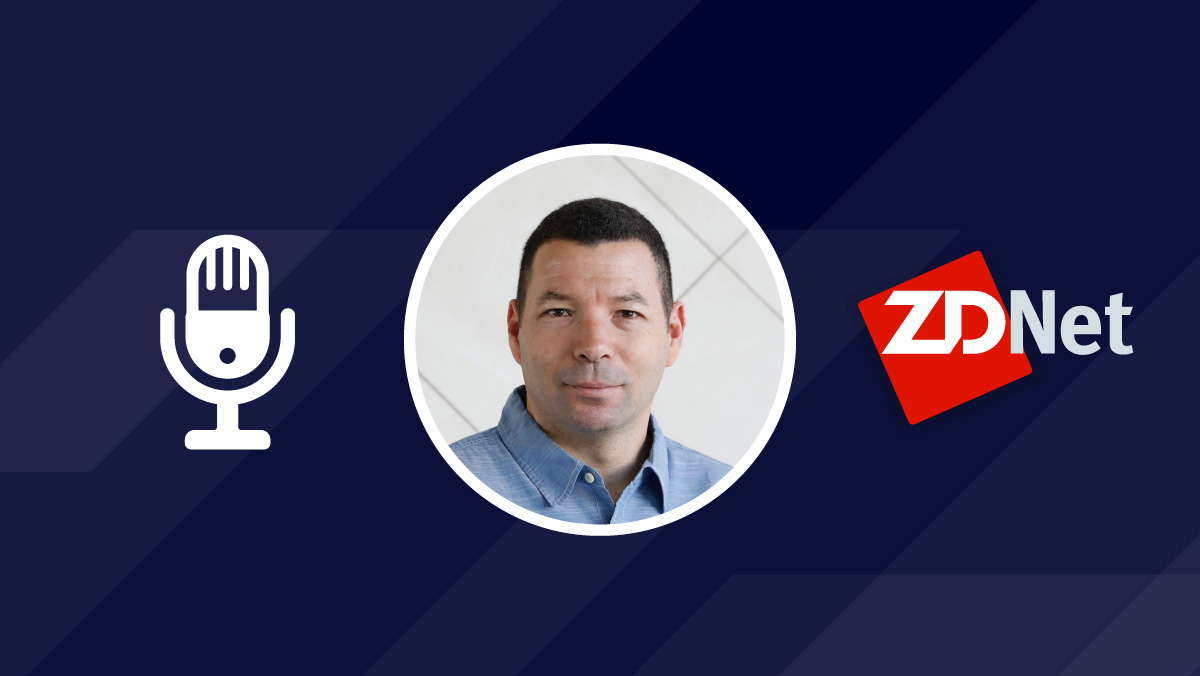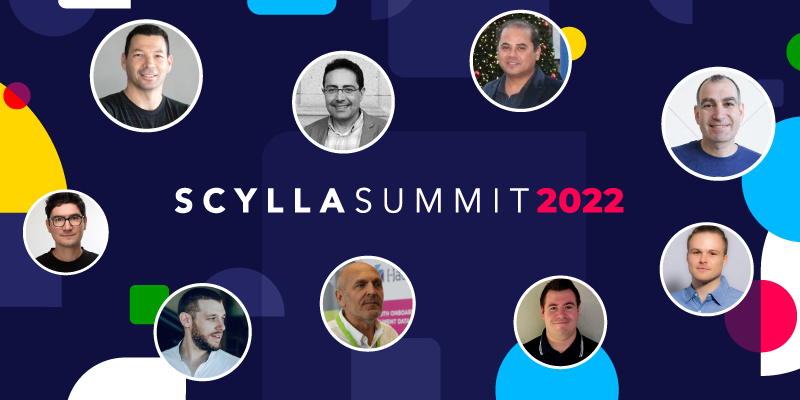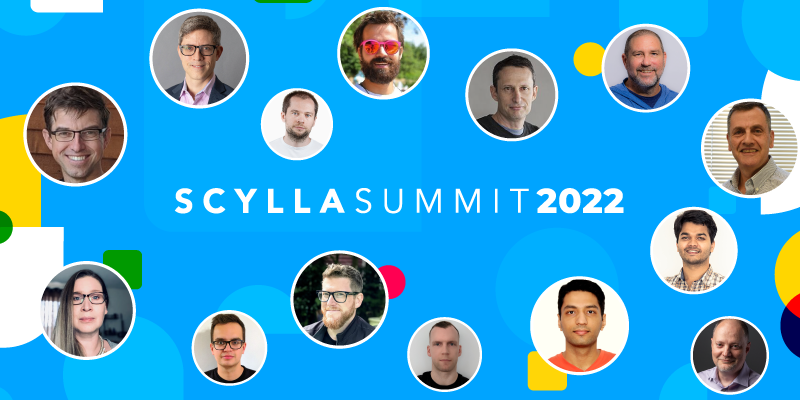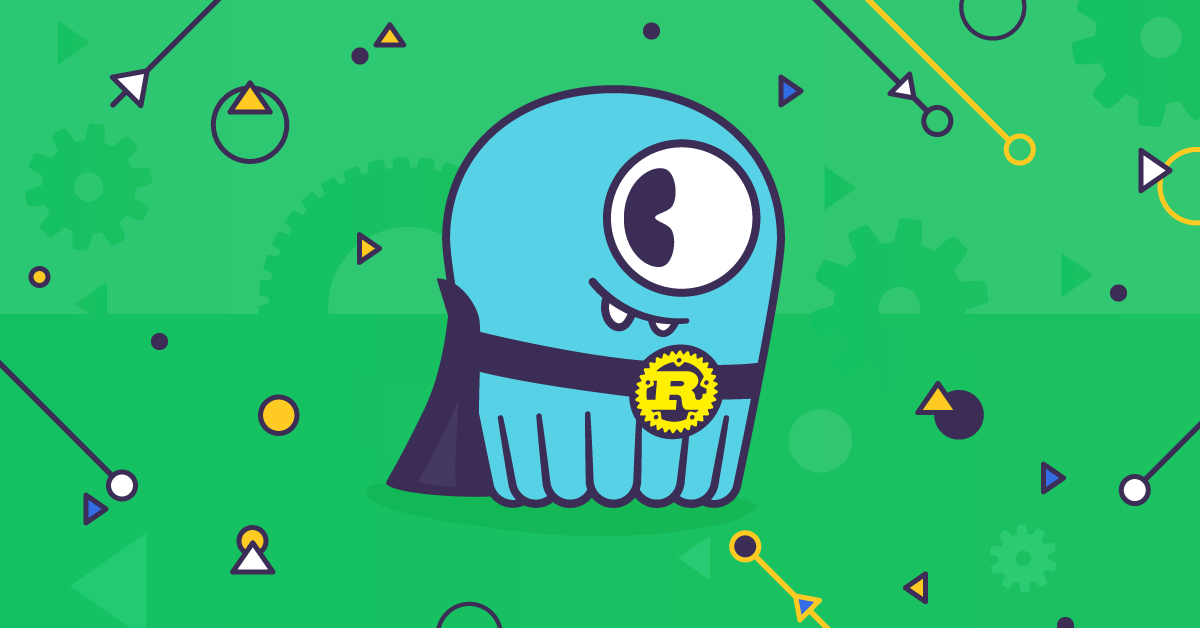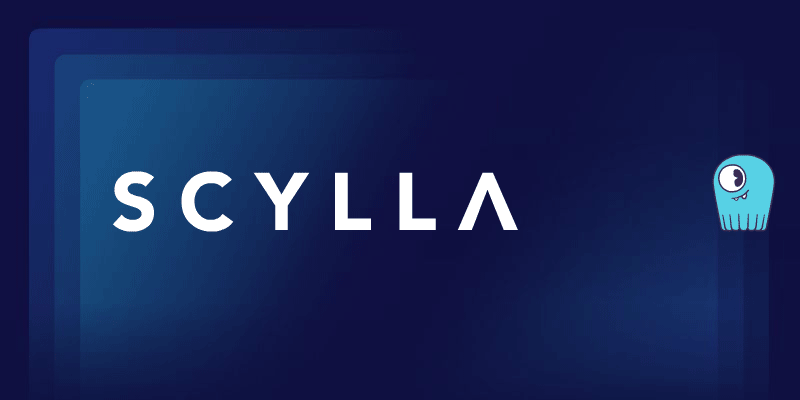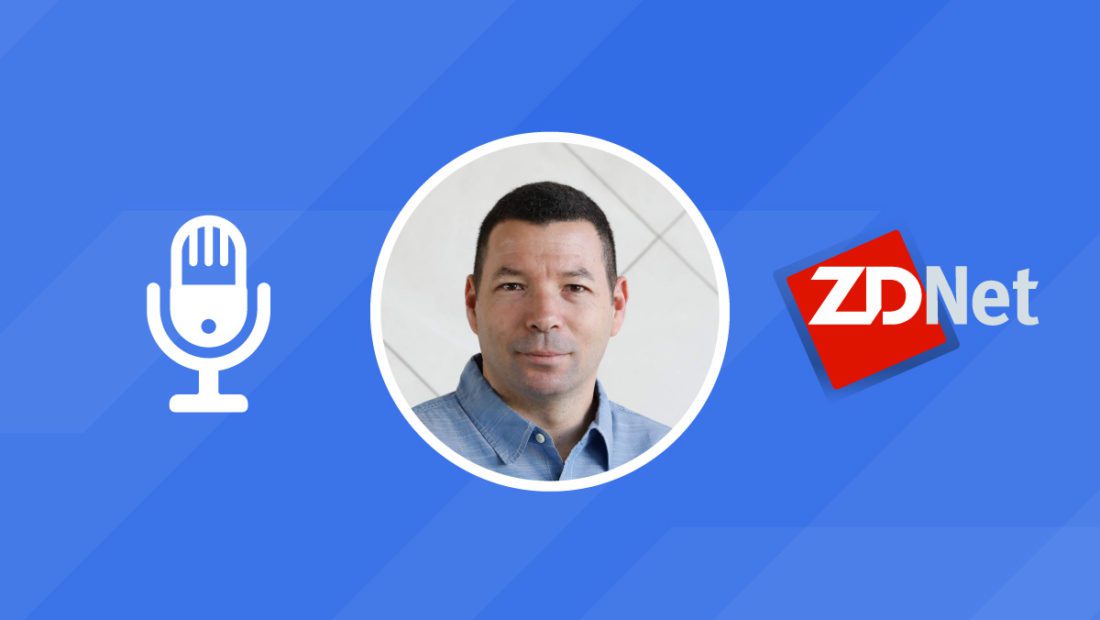
ScyllaDB CEO Dor Laor recently connected with veteran tech journalist George Anadiotis to follow up on all the announcements and innovations presented at ScyllaDB Summit 2022 (now available on-demand). George shared his analysis in a great article on ZDNet: Data is going to the cloud in real-time, and so is ScyllaDB 5.0.
George also captured the complete conversation in his podcast series, Orchestrate all the Things podcast: Connecting the Dots with George Anadiotis, which is now in its third season.
Here’s the ScyllaDB podcast episode in its entirety:
If you prefer to read rather than listen, see our previous blog for a transcript covering what ScyllaDB has been up to since Dor and George last connected in 2020, and see below for insights into what’s on the horizon for ScyllaDB, NoSQL, and distributed databases.
In this blog:
- The Growth of Database-as-a-Service (ScyllaDB Cloud) (33:13)
- Evolving Database Use Cases (36:42)
- Greenfield vs Brownfield Database Adoption (40:27)
- The ScyllaDB Roadmap: Immediate Consistency and Serverless ScyllaDB Cloud (44:01)
- The Evolving Database Landscape (48:08)
The interview has been edited for brevity and clarity.
The Growth of Database-as-a-Service (ScyllaDB Cloud)
George Anadiotis: So let’s shift to the business side of things. Are there any metrics you can share on year-over-year growth, use cases, that sort of thing?
Dor Laor: Right now the most growth we have is around our database as a service (DBaaS), ScyllaDB Cloud, which grew 200% last year after growing 200% in 2020. We’ve had amazing growth of that service, and it will continue to grow fast. This year, we predict 140% growth of the database-as-a-service. It will become half of our business and continue to expand.
Just in terms of use cases, people like to consume services in general. It’s hard to find talent to run a distributed database. It’s also very expensive. In general, the vendors who know the best practices and maintain their own automation for it will bring you a better result.
We’ve been expanding our AWS DBaaS offerings with options to run as a service in our account and in the customer’s own account. We also expanded to GCP and officially made it GA (Generally Available) in 2021. We’ll be on the Google Cloud marketplace quite soon too. We’ll also get to Azure as well.
Evolving Database Use Cases
Dor Laor: Going back to your use case question, we have a use case agnostic implementation. We have a specific edge with time series data, but for most users, if you are telco or streaming or e-commerce, there are many similarities from the database perspective – and that’s not just with ScyllaDB.
Across industries, we see an explosion of data that’s pushing databases to their limits. This is really good for us because this is where we shine. We are seeing people come to us from various databases: relational and a variety of NoSQL, not just Cassandra or DynamoDB.
There are really cool use cases that are super exciting for us – for example, delivery services like Instacart. I’m an Instacart user, and it’s really nice to serve the brand that serves you. And there are many other delivery services around the world, from food delivery to regular deliveries. It’s also nice to see different crypto use cases. With crypto, there is a blockchain solution where a database is not needed, but a database is still used for fraud detection. That’s a really common use case for ScyllaDB in various industries: blockchain, crypto, deliveries, and many other companies that offer any type of service. The prevalence of fraud is one downside of the spread of technology, but we can assist.
We also see a lot of NFT use cases with ScyllaDB, as well as a lot of mobile apps and social media use cases. Some are new so I don’t want to call them out, but they are companies you read about in the news. There are some, like Discord, that everybody knows, including my son. There are others that are super well known in other regions, like India, where we have really good adoption.
Greenfield vs Brownfield Database Adoption
George Anadiotis: You said that well, people are coming to you from all directions, some obviously from Cassandra and from DynamoDB, and then some from relational or other NoSQL databases. Could you say how many of your use cases are greenfield versus brownfield?
Dor Laor: Today, the majority of use cases still come from brownfield. Over time, we see that the greenfield portion is growing. As ScyllaDB becomes more well-known, people are choosing it from the very beginning if they expect to have a data-intensive application (versus starting with something else and switching to ScyllaDB when they hit a wall and are hurting their business). Since there are so many databases in the world and so many companies hit the wall with scale, we continue to see a good amount of conversions.
Another example from ScyllaDB Summit 2022 is Amdocs, an Israeli vendor that provides software for many, many telcos. They decided to adopt ScyllaDB and they considered three other databases: one of them was Cassandra, and two are ones that they didn’t disclose. At least one of those two was relational. They shared a matrix of their different requirements from availability to performance and community size, et cetera, et cetera. Each database they evaluated had advantages here and there, but only one database managed to meet their performance requirements and managed to finish their tests on time. Two databases couldn’t perform at all and Cassandra could perform, but was extremely far from their performance requirements and TCO requirements. That’s our promise, affordable performance at scale. So they selected ScyllaDB.
The ScyllaDB Roadmap: Immediate Consistency and Serverless ScyllaDB Cloud
George Anadiotis: Could you share more about what’s on your roadmap (you already hinted about that earlier) and how you see the overall database and streaming landscape evolving?
Dor Laor: From a roadmap perspective, we’re doing multiple things. We’ll continue to insert the Raft consistency protocol into all aspects of our core database, and it will improve operational aspects, elasticity, and end-user convenience to have immediate consistency at no cost.
And we’re doing a big effort now around our database-as-a-service. Today, our database-as-a-service is automated in a way such that every tenant is a single tenant. Basically, as a tenant, you come, you decide what your workload is, then we map it into some type of a cluster size, let’s say six servers of a given instance type and size. And then you start from there, maybe you grow the cluster or shrink it over time. Having a single tenant workload has lots of advantages. You’re on your own, it’s very clear what you’re getting in terms of cost and performance. And you’re also not influenced by security or by “noisy neighbors.”
However, there are a lot of advantages in a serverless type of consumption, where we use multi tenancy and we converge multiple cases together, which allows us to separate compute and storage. That gives more flexibility, better pricing, and also faster elasticity. There are actually servers under the serverless implementation — not a big surprise — and those larger servers are already pre-provisioned, so elasticity can be really immediate. So, there can be lots of benefits for the end user. We’re moving toward that direction, and we chose to do it with Kubernetes. We already have a Kubernetes operator, and we’re using it and eat our own dog food within our ScyllaDB Cloud implementation. This is quite a gigantic change for us, lots of work, lots of interesting details, and eventually another really good option for end users.
So these are the two main roadmap items. We also have a really great driver project with Rust, and we managed to wrap Rust for other languages, even C++. The C++ implementation will be faster with Rust under the hood because that Rust implementation is so good.
We’re doing more things too, but these are the two big projects: the consensus protocol with consistency and the multitenant serverless implementation.
Watch Dor’s keynote from ScyllaDB Summit
The Evolving Database Landscape
George Anadiotis: Okay. And what about your overall projection of where you see the database landscape in a couple of years?
Dor Laor: I don’t necessarily have a big headline for you. The demand for database-as-a-service is currently extremely strong. Cloud also provides more options. It’s not just having the same compute environment on demand. There is other infrastructure that a vendor like us can use, so things can become more sophisticated and a database vendor can provide more services, not just the database. I’m not saying that we will do that: there is so much depth in a database that you can do that all day long. But, for example, it does allow more options like size tiered storage, where some of the data doesn’t necessarily need to be there all the time and be with the same SLA for the hotter data. People do want to keep more and more data over time. That, for example, will be an important trend in the future.
Also, more options to integrate real time in analytical projects. It’s possible to go and offer more and more analytical capabilities and even have the ability to integrate with other analytical vendors – not necessarily do it all within the same vendor. So there are many possibilities.
It is exciting. And as the amount of data grows, the hardware offerings by the cloud providers also improves dramatically. Also, all of the new usages, like the metaverse, it’s just crazy. Everything will be digitized. Databases will continue to evolve. It’s a good time to be related to these workloads.
George Anadiotis: Yes, more things going digital means more data to be managed, means more demand for database vendors. So, as you said, it’s a good time to be in that business. Good luck with all your plans going forward, and thanks for the update and the conversation. Pleasure as always.
Read George’s latest ZDNet article on ScyllaDB

